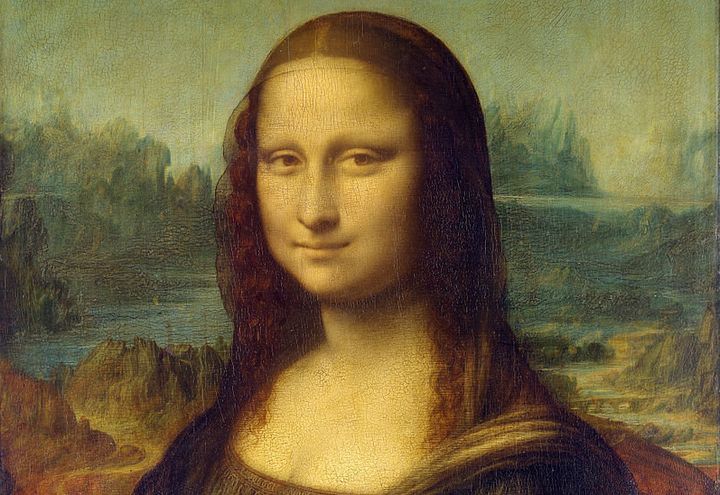
Researchers testing bone fragments thought to be from the body of a woman who some contend was the model for the Mona Lisa said Thursday that their findings were inconclusive.
Experts analyzed the remains found at a Florence church grave, but said that without a skull, it is difficult to determine if the findings are those of the model for Leonardo da Vinci's famous portrait, painted sometime between 1503 and 1517 in Italy.
"Our biggest problem has been the fact that the fragments were very fragmented, very deteriorated," said Giorgio Gruppioni, head of the forensic anthropology laboratory at Bologna University. That complicated the task of determining the sex and age at death as well as DNA analysis, he said.
Art historians differ on the model's identity. Even if bone testing had determined that the remains were that of Lisa Gherardini, the wife of rich silk merchant Francesco del Giocondo, it wouldn't have answered the intriguing question of who posed for Leonardo.

Researchers told reporters in Florence that carbon-14 testing of one of the fragments indicated the remains were compatible with the period. Gherardini died at age 63 in 1542, and the researchers said historical documents indicate she was buried in a Florence convent.
The pursuit for the identity of the model for the painting is not without its critics.
"I can’t think of any scientific reason to pour so much money and effort into finding the skeleton of a woman who posed for a (famous, admittedly) painting," bioarchaeologist Kristina Killgrove wrote in Forbes.
Nevertheless, head researcher Silvano Vinceti insists that "the odds that the bones belong to her are very high."
In 2013, NBC News reported that Vinceti intended to develop a virtual reconstruction of Lisa Gherardini's face for comparison with the Leonardo interpretation.
The Associated Press contributed to this report.
Also on HuffPost:
